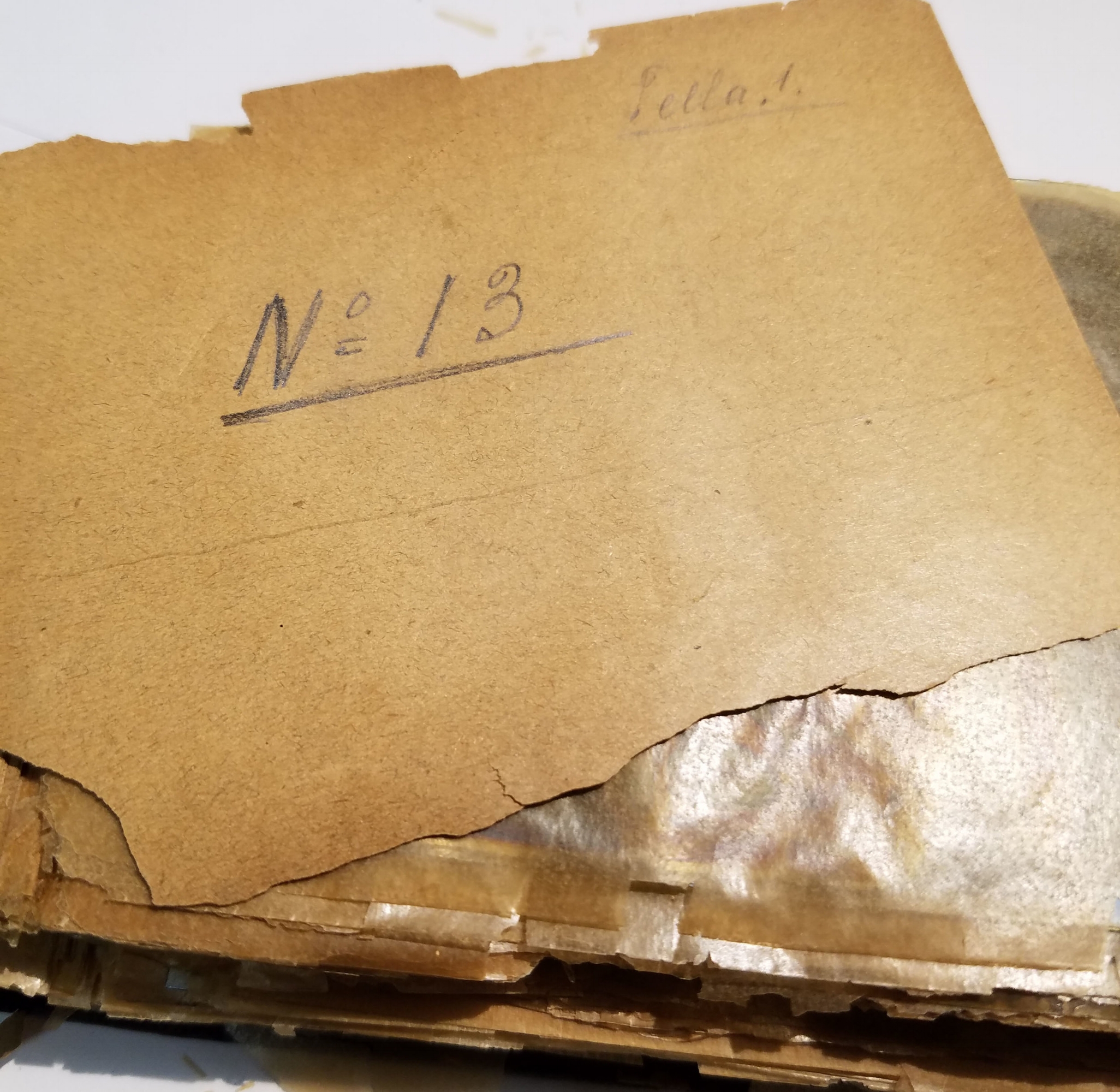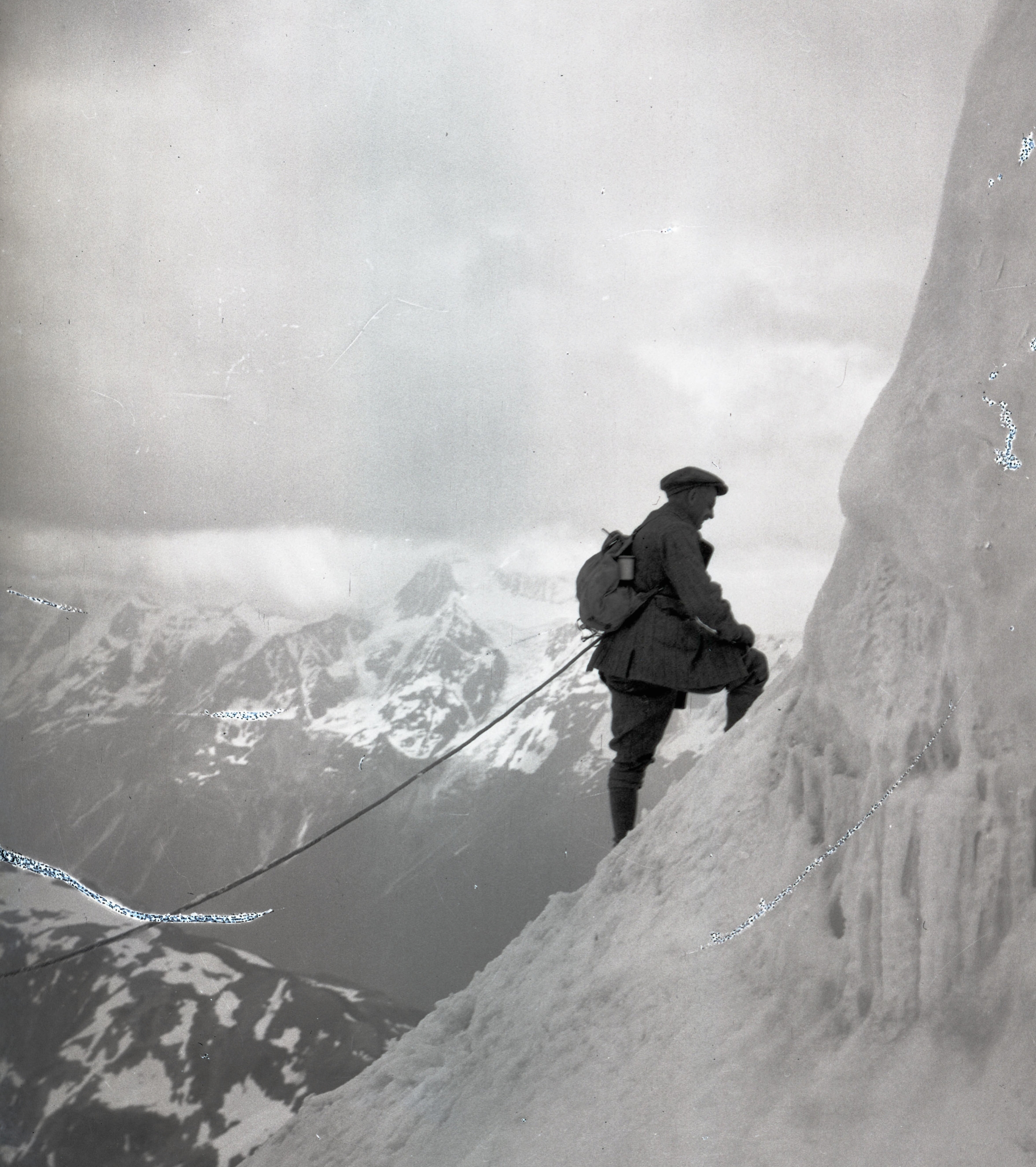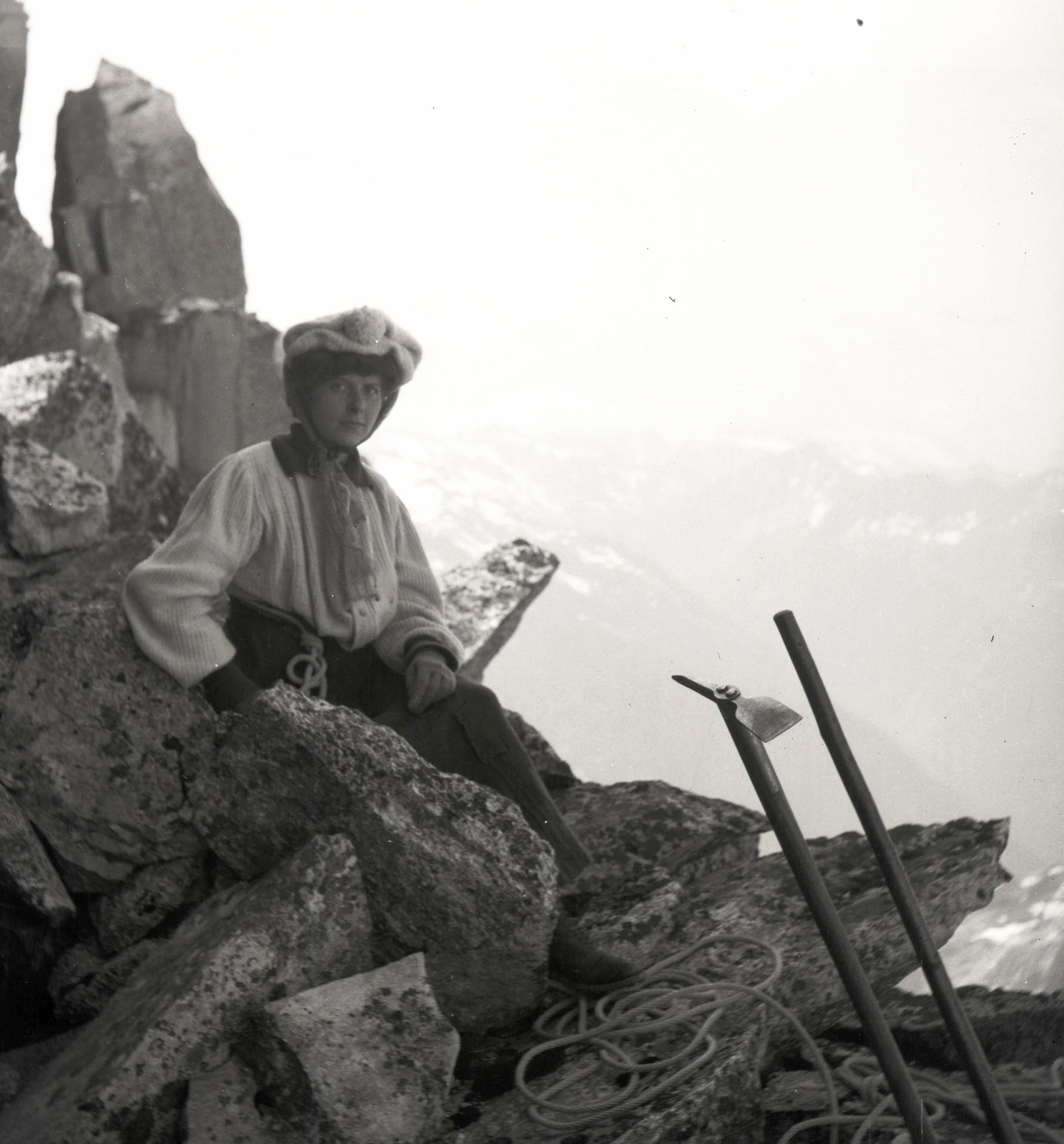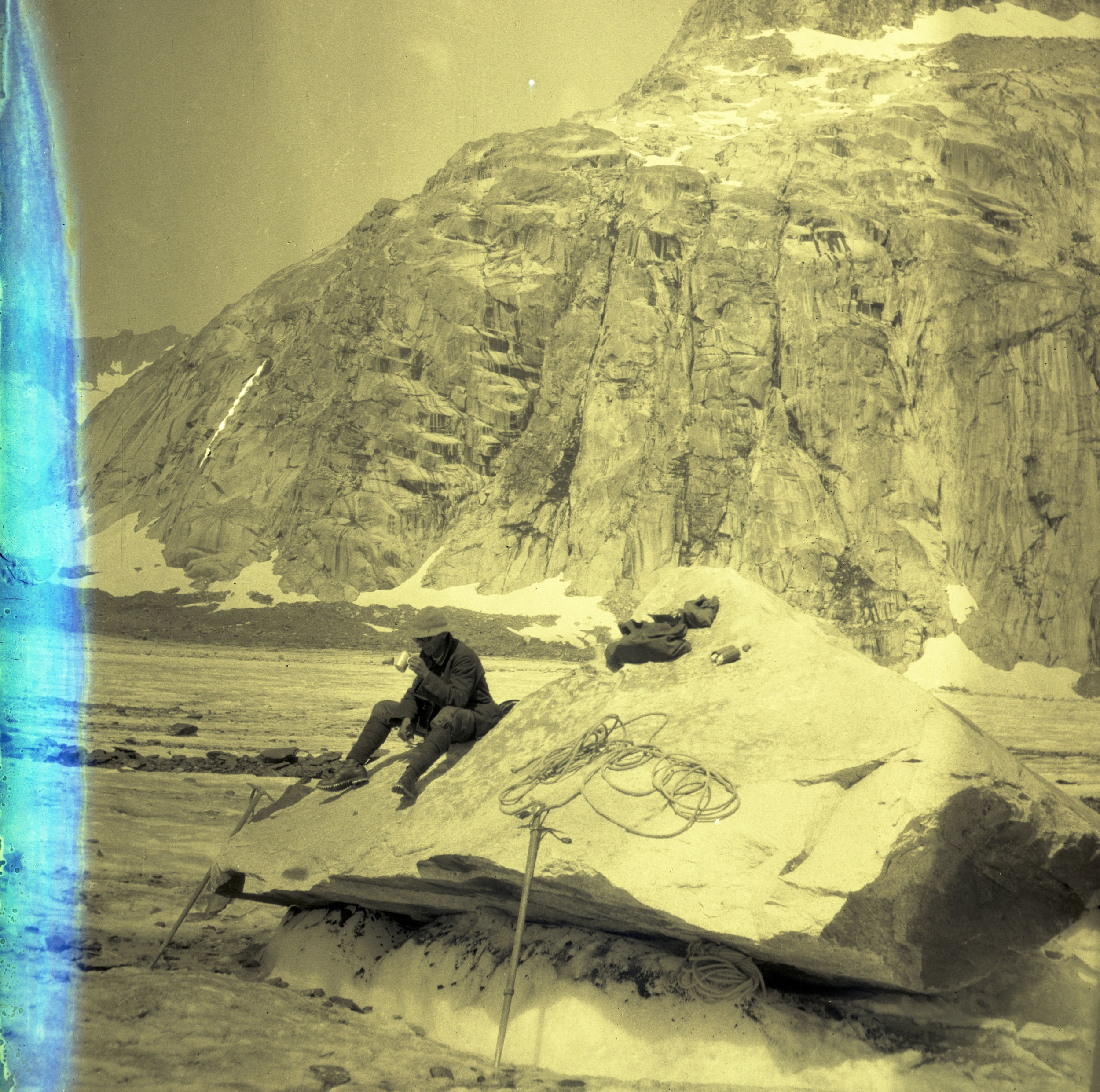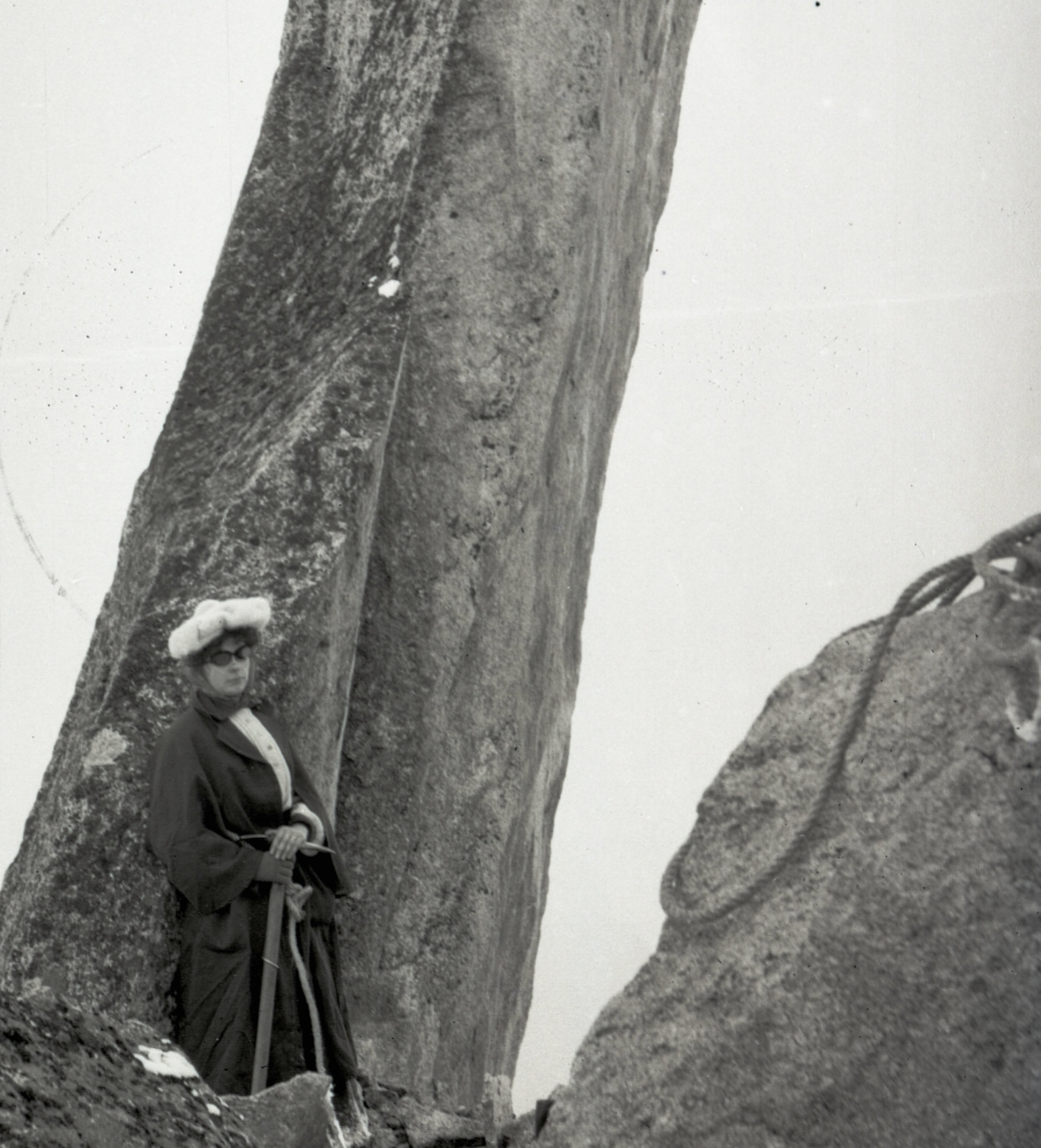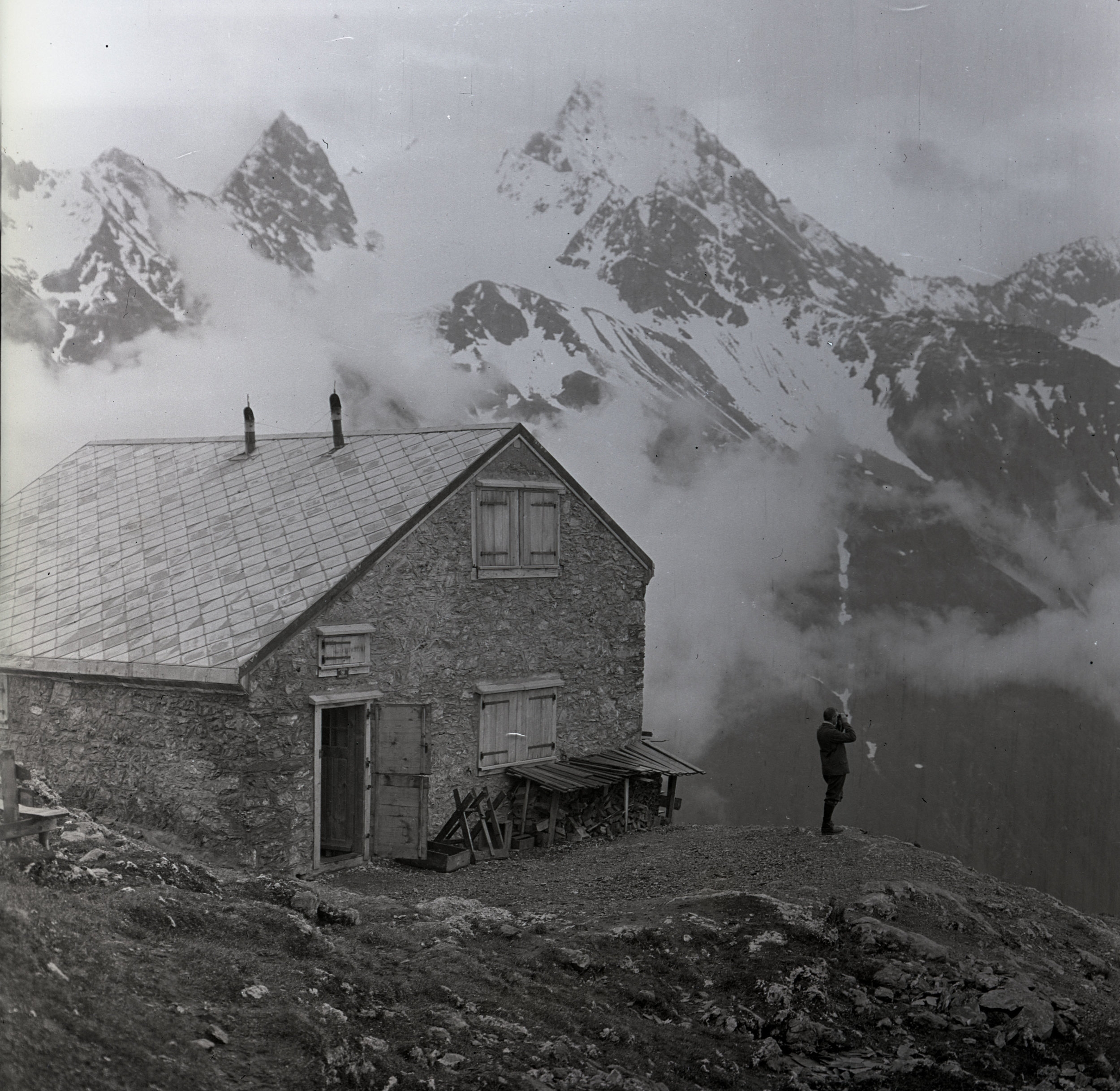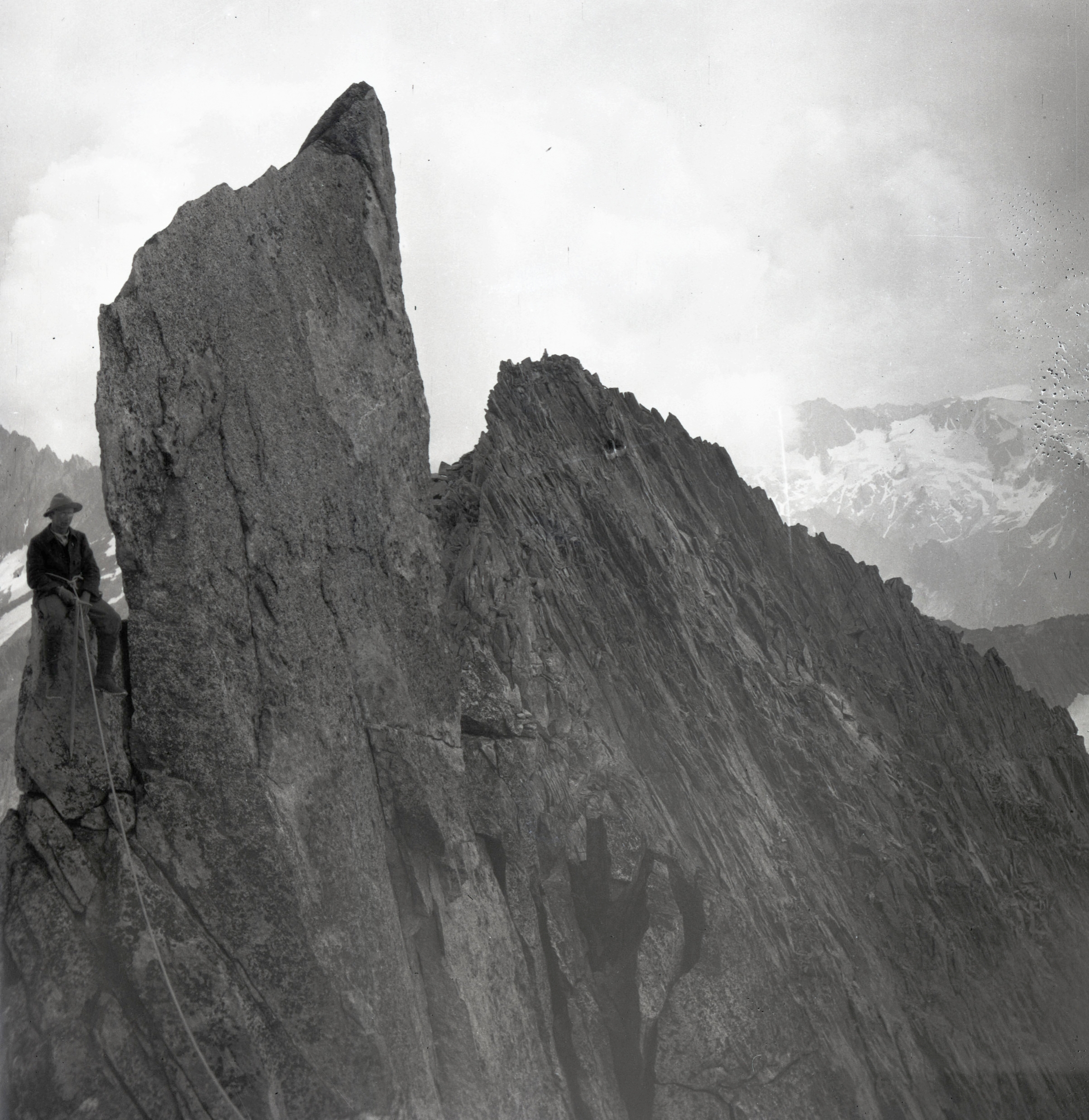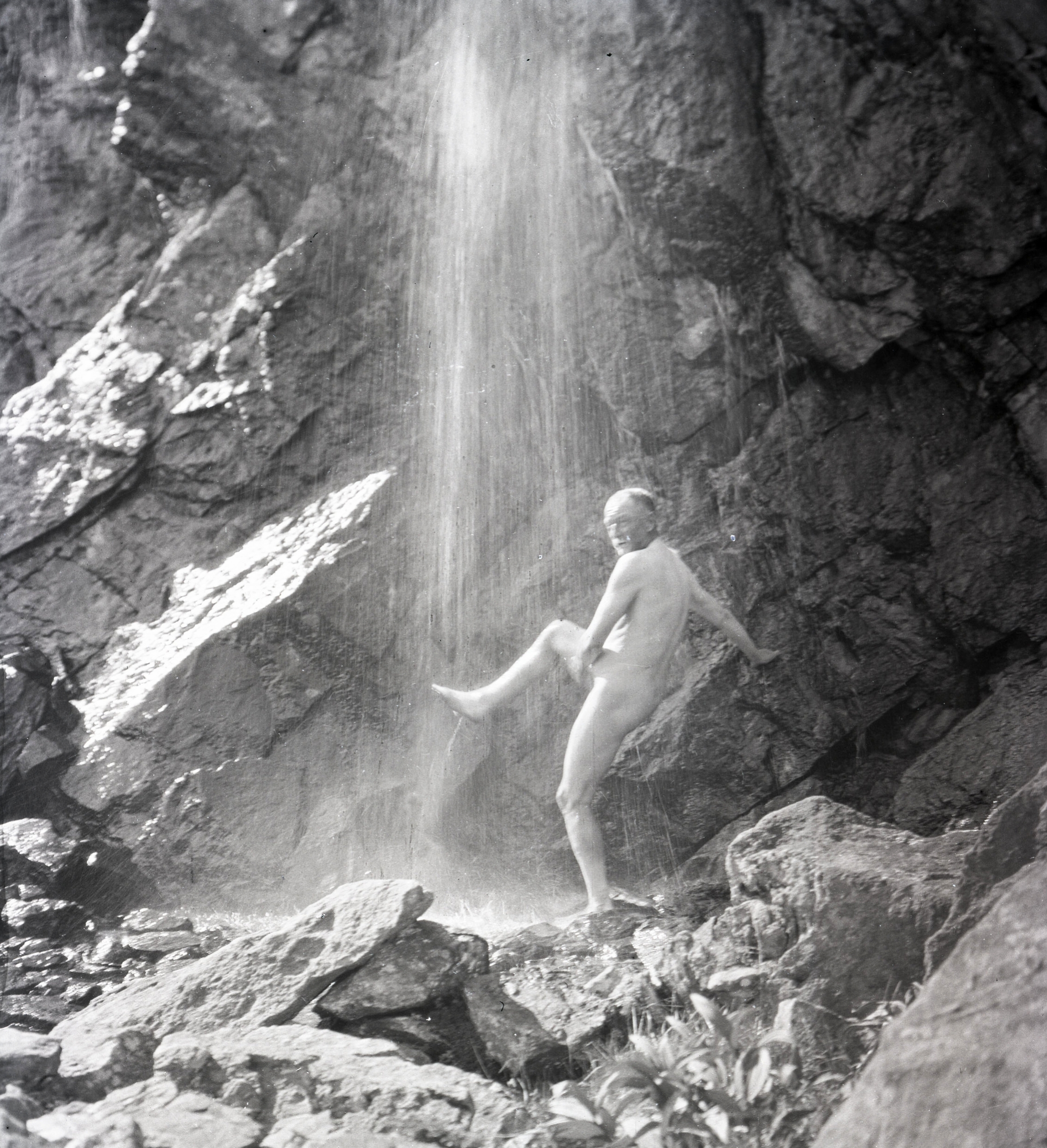by Allison Albright
Nitrate film base was developed in the 1880s and was the first plasticized film base available commercially. It enabled photographers to take pictures under more diverse conditions, and its flexibility and low cost was partially responsible for making photography affordable and accessible to amateur consumers as well as professionals. It was widely used from the 1890s until the 1950s.
An album of nitrate negatives circa 1900
Nitrate negatives also happen to be mildly toxic and somewhat volatile. Because the material is the same chemical composition as cellulose nitrate (also known as flash paper or guncotton), which is used in munitions and explosives, it is incredibly flammable and prone to auto-ignition. It was also used in motion picture film in the early 20th century and was responsible for several movie theater fires during that era.
Below are some negatives in the early stages of deterioration.
As if the danger of combustion wasn’t enough, nitrate negatives also emit harmful nitric acid gas as they deteriorate, meaning that we need to use safety precautions such as respirators and latex gloves when handling these negatives.
HNO3 + 2 H2SO4 ⇌ NO2+ + H3O+ + 2HSO4
Nitric acid is considered a highly corrosive mineral acid.
Nitrate negatives usually deteriorate in just a few decades, making them an extremely unstable storage medium. As they deteriorate, the image begins to fade and the negative turns soft and gooey, causing it to weld itself to whatever it’s stored with, resulting in the loss of the image.
A clump of badly deteriorated negatives stuck together forever
When good negatives go bad - a negative in the process of becoming goo
Like most archival collections containing materials created from about 1890 to the early 1950s, the AAC’s collection includes some nitrate film negatives. For most of their lives, these negatives have been stored in a cold, temperature controlled area. We’re digitizing these negatives in order to capture the images and make them accessible to the public before we put them in deep freeze. The best way to preserve and store nitrate negatives for the long term is to freeze them to slow the process of deterioration and minimize the risk that they’ll start a fire.
Because of the unstable nature of nitrate negatives, some deterioration is to be expected. However, the vast majority of this collection is still in good shape. We've included a few selections below. Eventually, we’ll make all the images from our nitrate negatives available.
These photographs are taken from the collection of Andrew James Gilmour (1871-1941), an AAC member whose surviving photographs help inform our knowledge of the history of climbing and what the sport was like in the early 20th century.

